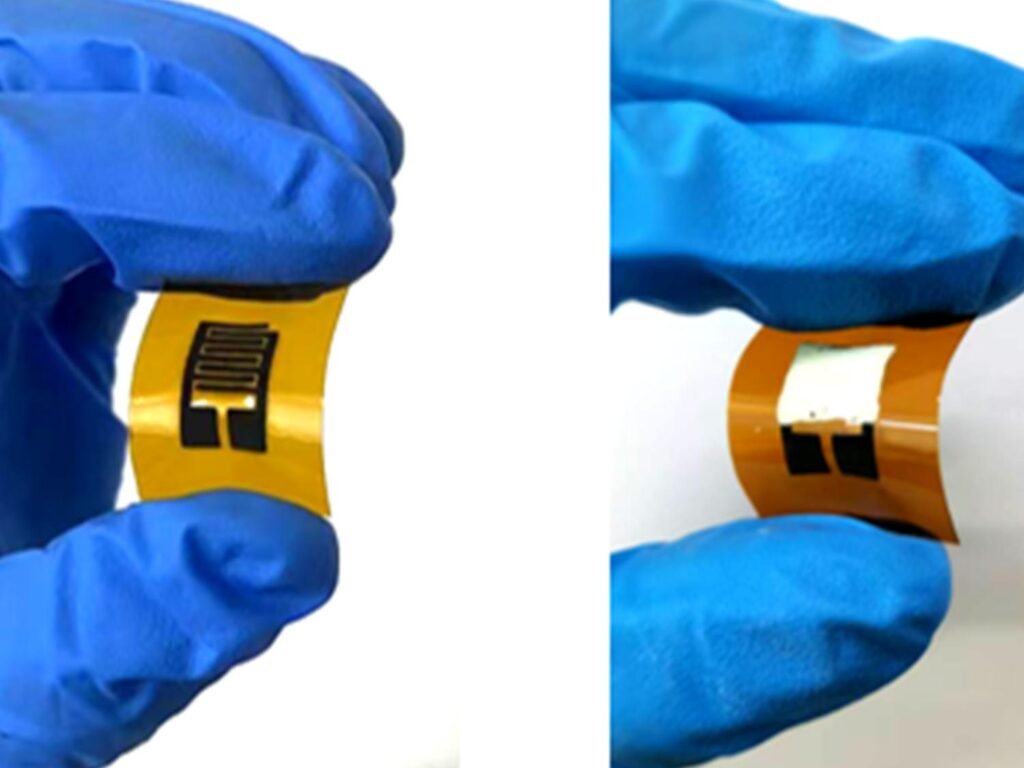Researchers at the Pennsylvania State University have developed a novel breath-based sensor that could make diagnosing diabetes and prediabetes faster, cheaper, and more accessible—without the need for blood tests or lab visits. Led by Professor Huanyu “Larry” Cheng from the Department of Engineering Science and Mechanics, the team’s innovation uses exhaled breath to detect elevated levels of acetone, a biomarker linked to diabetes.
Currently, diagnosing diabetes typically requires bloodwork and clinical testing, which can be costly and time-consuming. In the U.S., one in five adults with diabetes remains undiagnosed, often due to barriers in accessing care. The new sensor offers a noninvasive alternative: patients simply exhale into a bag, and the sensor—dipped into the sample—delivers results within minutes.
While previous diagnostic tools have focused on glucose levels in blood or sweat, this sensor targets acetone, a byproduct of fat metabolism. Everyone produces acetone in their breath, but levels above 1.8 parts per million are indicative of diabetes. Unlike sweat-based sensors, which require exercise or heat to induce perspiration, this breath sensor is practical and convenient for everyday use.
The sensor’s core innovation lies in its materials. The team used laser-induced graphene (LIG), created by “toasting” polyimide film with a CO₂ laser to form a porous, gas-permeable structure. This graphene is highly sensitive to gas molecules but lacks selectivity. To improve accuracy, the researchers combined it with zinc oxide, forming a junction that selectively detects acetone over other gases.
Another challenge was breath humidity, which can interfere with sensor readings. To solve this, the team added a moisture barrier layer that blocks water molecules while allowing acetone to pass through. This ensures reliable performance even in humid conditions.
Currently, the sensor requires users to breathe into a bag to avoid interference from ambient airflow. However, future versions may be embedded into masks or positioned directly under the nose, allowing for continuous monitoring through breath condensation.
Beyond diagnosis, Cheng envisions broader health applications. By tracking how acetone levels fluctuate with diet and exercise, the sensor could help individuals optimize their lifestyle choices—similar to how continuous glucose monitors are used in diabetes management.
Article from Penn State: New sensor is a breath of fresh air for diagnosing diabetes
Abstract in Chemical Engineering Journal: ZnO/LIG nanocomposites to detect acetone gas at room temperature with high sensitivity and low detection limit

